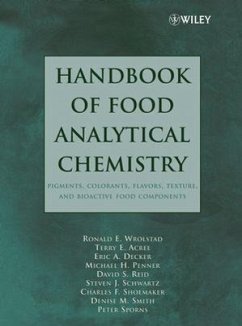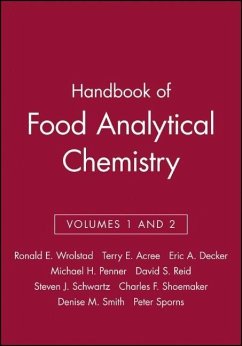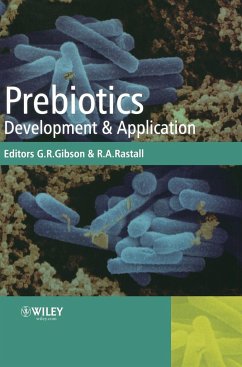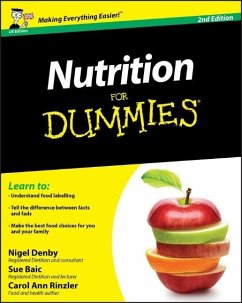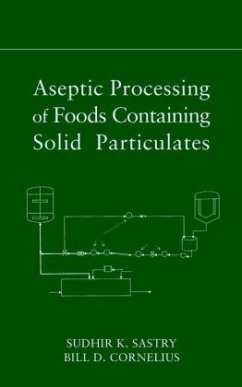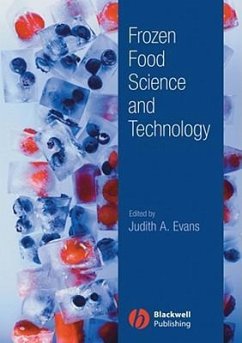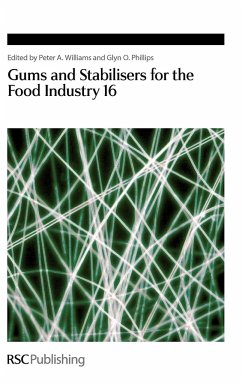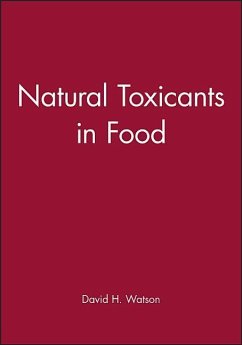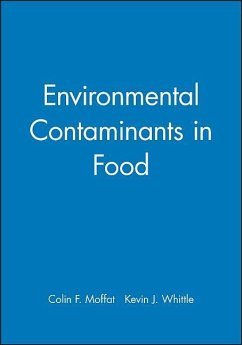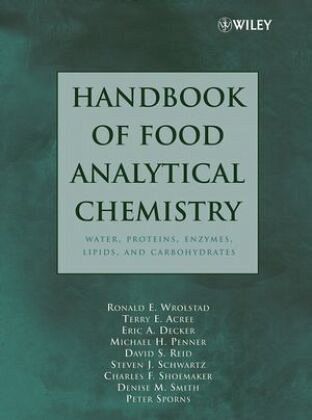
Handbook of Food Analytical Chemistry, Volume 1
Water, Proteins, Enzymes, Lipids, and Carbohydrates
Herausgegeben: Wrolstad, Ronald E.; Acree, Terry E.; Decker, Eric A.

PAYBACK Punkte
133 °P sammeln!
Emphasizing effective, state-of-the art methodology and written by recognized experts in the field, the Handbook of Food Analytical Chemistry is an indispensable reference for food scientists and technologists to enable successful analysis._ Provides detailed reports on experimental procedures_ Includes sections on background theory and troubleshooting_ Emphasizes effective, state-of-the art methodology, written by recognized experts in the field_ Includes detailed instructions with annotated advisory comments, key references with annotation, time considerations and anticipated results
Emphasizing effective, state-of-the art methodology and written by recognized experts in the field, the Handbook of Food Analytical Chemistry is an indispensable reference for food scientists and technologists to enable successful analysis.
_ Provides detailed reports on experimental procedures
_ Includes sections on background theory and troubleshooting
_ Emphasizes effective, state-of-the art methodology, written by recognized experts in the field
_ Includes detailed instructions with annotated advisory comments, key references with annotation, time considerations and anticipated results
_ Provides detailed reports on experimental procedures
_ Includes sections on background theory and troubleshooting
_ Emphasizes effective, state-of-the art methodology, written by recognized experts in the field
_ Includes detailed instructions with annotated advisory comments, key references with annotation, time considerations and anticipated results



